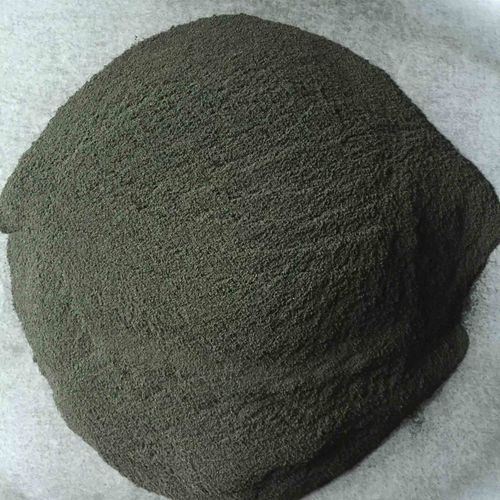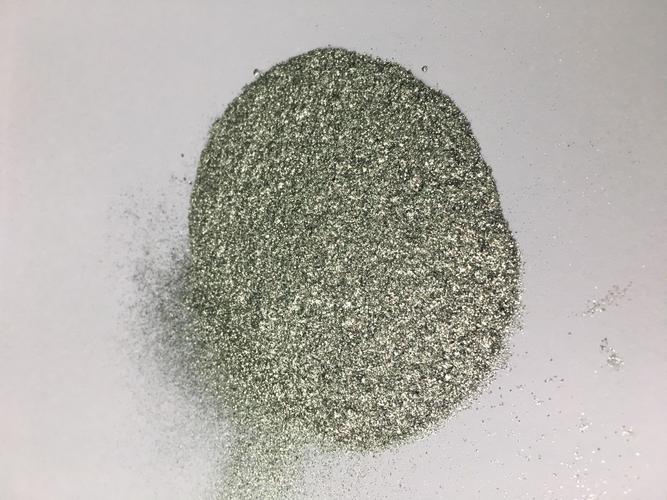Boron: The Element That’s Anything but Boring (Get It?)
(Fascinating Facts About Boron: Did You Know?)
Let’s talk about an element that’s been quietly rocking the science world while most of us weren’t paying attention. Boron—yes, that’s right, element number 5 on the periodic table—is like the undercover superstar of chemistry. It doesn’t get the flashy headlines of gold or the romantic allure of oxygen, but trust me, this stuff is cooler than a cucumber in sunglasses.
First off, boron wasn’t even discovered by a single person. Nope, it took a tag team of chemists in the early 1800s to isolate this elusive element. Frenchman Louis-Josef Gay-Lussac and Englishman Humphry Davy (yes, the guy who also discovered laughing gas) both raced to name it, but it was Davy who slapped the label “boron” on it, inspired by the mineral borax it came from. Fun fact: Borax was originally called “tincal,” derived from the Sanskrit word for “to burn,” because ancient traders lugged it across deserts from Tibet to the Middle East. Imagine explaining that to your Uber driver.
Now, boron’s got some wild talents. For starters, it’s a heat-resistant ninja. Ever heard of Pyrex glass? That stuff can go from freezer to oven without cracking because boron jumps into the mix, creating a glass that laughs in the face of temperature swings. It’s like the superhero of bakeware, saving casseroles everywhere from thermal shock.
But wait, there’s more! Boron is also a stealthy multitasker in your daily life. Your laundry detergent? Probably contains boron compounds to soften water. Your eye drops? Yep, boric acid (a boron derivative) is in there, fighting off germs like a microscopic bouncer. Even your smartphone owes boron a thank-you note—it’s used in touchscreens and semiconductors. Who knew this element was such a tech guru?
Here’s where it gets weird: Boron is essential for plants but toxic in large doses. Plants use it to build cell walls, kind of like how we need calcium for bones. Without boron, crops like almonds and broccoli would throw a fit. But if you dump too much boron into soil, it’s like a plant apocalypse. Balance is key, folks.
Oh, and let’s not forget boron’s role in space-age tech. Boron fibers are lighter than aluminum but tougher than a math final, making them perfect for jet fighters and spacecraft. NASA once toyed with boron-based rocket fuel, but it turned out to be as tricky as folding a fitted sheet. Still, boron’s potential keeps scientists buzzing.
And here’s a juicy tidbit: Boron might just save lives. Researchers are exploring boron neutron capture therapy (BNCT) to target cancer cells with laser precision. The idea? Inject a boron compound into tumors, zap it with neutrons, and watch it obliterate cancer while sparing healthy tissue. It’s like a microscopic sniper—take that, cancer!
But boron’s quirkiest claim to fame? It’s a VIP in the art world. Medieval artisans used borax to make glass glazes that clung to pottery like glitter glue. Today, boron gives us those eye-popping green flares in fireworks. And let’s not forget the Borax 20 Mule Team wagons that hauled borax across Death Valley in the 1880s—basically the OG TikTok influencers of their time.
(Fascinating Facts About Boron: Did You Know?)
So next time someone calls boron “boring,” hit them with these facts. From ancient trade routes to cancer-fighting tech, this element’s résumé is wilder than a raccoon on espresso. Boron isn’t just another brick in the periodic table—it’s the ultimate multitasker, quietly shaping our world while we’re busy not noticing. And that, my friends, is anything but boring.
Inquiry us
if you want to want to know more, please feel free to contact us. (nanotrun@yahoo.com)




